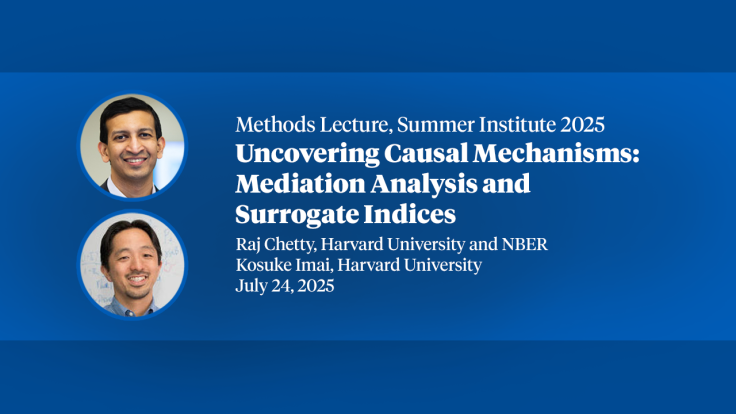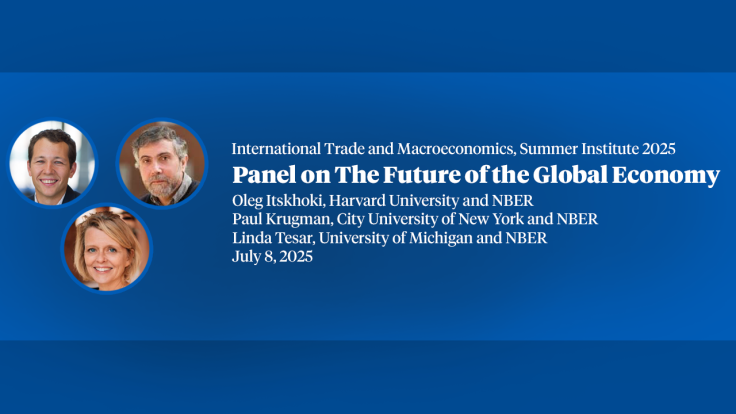Unbalanced Financial Globalization
We use a dynamic spatial general equilibrium model of international investment and production to investigate the real implications of the last five decades of financial globalization. We introduce a wedge accounting framework to estimate country- and time-varying measures of outward and inward Revealed Capital Account Openness (RKO). We show how to identify these wedges for a large panel of countries using limited publicly available data on national accounts and external asset and liability positions since the 1970s. Our analysis reveals striking cross-country differences in the pace and direction of financial account opening: wealthier countries have become relatively more open to foreign capital inflows, while poorer countries have become relatively more open to capital outflows, a phenomenon we call “Unbalanced Financial Globalization.” Counterfactual simulations show that this unbalanced financial globalization has worsened capital allocation, resulting in a 5.9% decrease in world GDP, a 3.4% rise in cross-country income inequality, lower wages in poorer countries, and a decline in rates of return on capital in richer countries. In contrast, if financial account opening had been uniform, the improved allocation of capital would have reduced income inequality, and increased global GDP. These findings underscore the crucial role of spatial heterogeneity in shaping the real impact of international capital markets integration.
-
-
Copy CitationDamien Capelle and Bruno Pellegrino, "Unbalanced Financial Globalization," NBER Working Paper 34121 (2025), https://doi.org/10.3386/w34121.Download Citation


